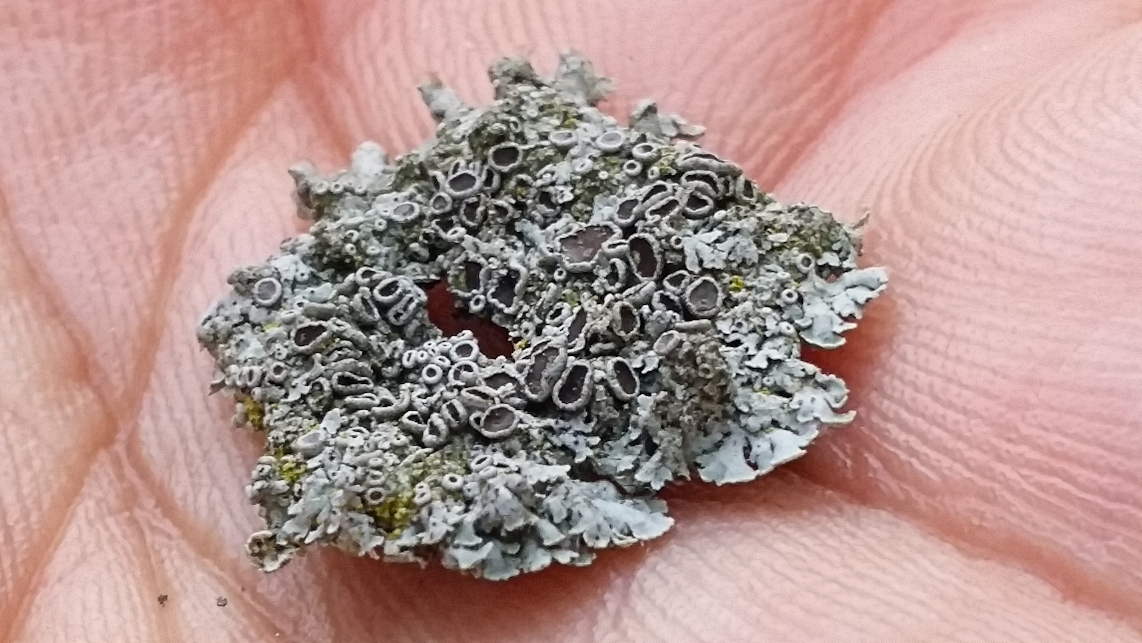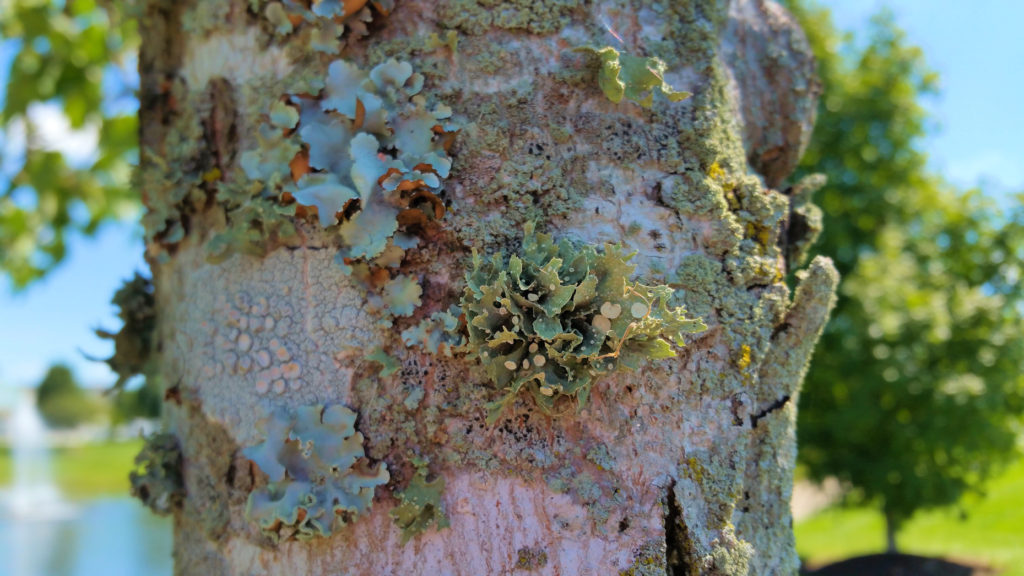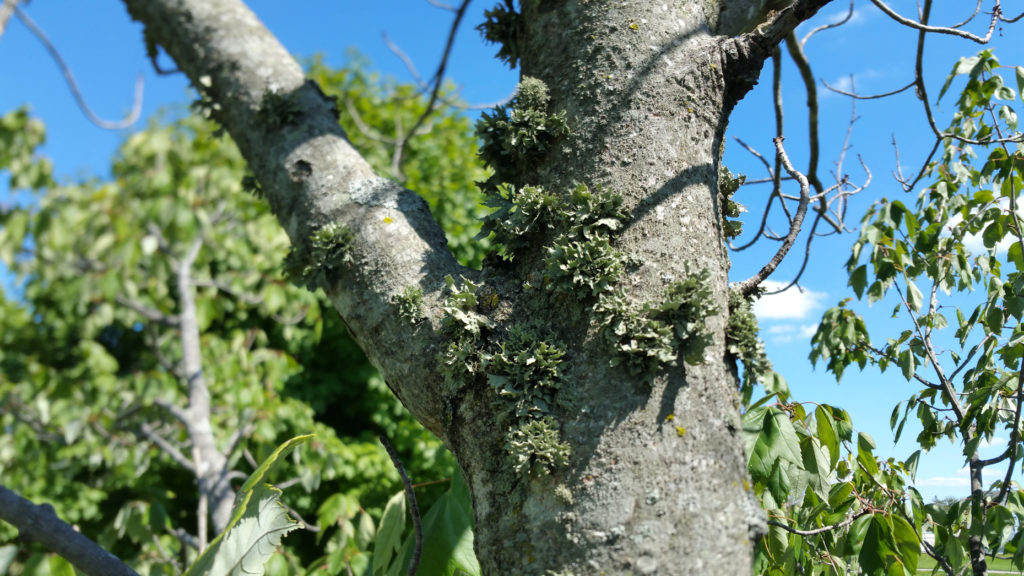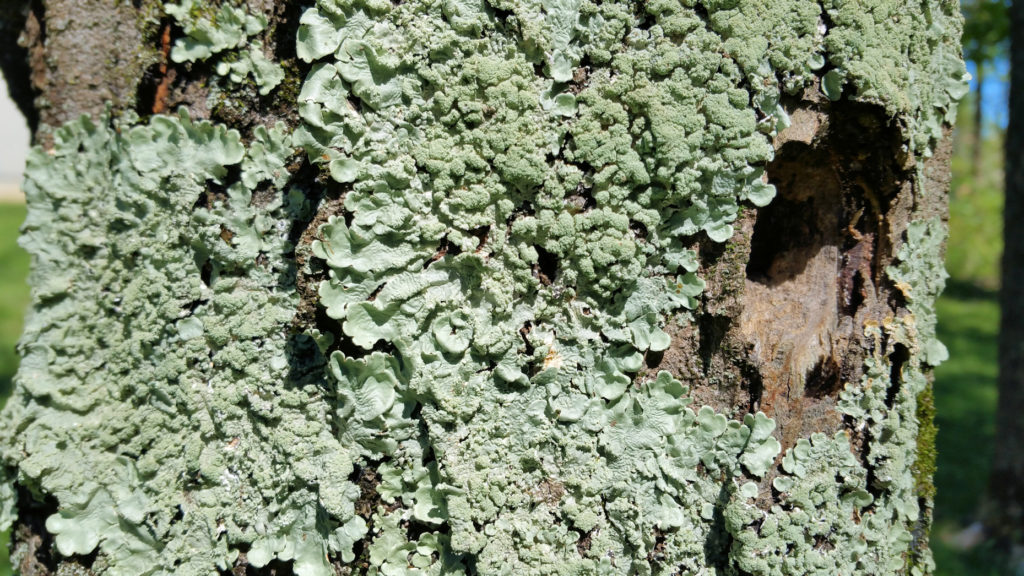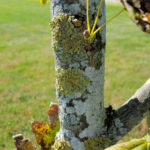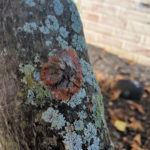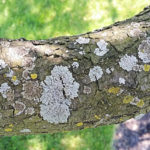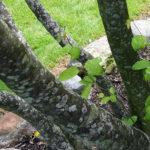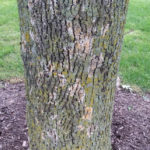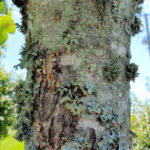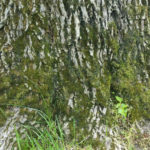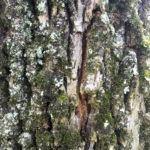“I’ve got some kind of creepy fungus all over my tree! Will it kill my tree?”
I get asked this A LOT. And so, I’ve created this post to offer a brief, but hopefully interesting discussion about the fascinating natural phenomena known as LICHENS (pronounced: “lye-kens”). More field photos below and you’ll find links to additional information near the bottom of this page.
But let’s first address the question concerning ARE LICHENS BAD FOR TREES?
The answer is “NO“
…they have not been shown to pose any significant harm to trees. Now you may breathe a sigh of relief!
Lichens are greenish, sometimes lettucy-looking, symbiotic growths made of fungi, yeast, and two types of algae. These grow as an interwoven mass appearing as a single individual which can develop into a sizeable “community” of lichens. Both the fungus and the alga provide something essential to the other for their survival but are not harmful to plants.
“But, WHY,” you may ask, “are these things growing on my tree(s)?”
Actually, they do not specifically pick on trees. Lichens can develop and grow on just about any stationary surface they can attach to, such as rocks, roofs, fence posts, gravestones, and even other lichens! And you can find lichens just about anywhere! As a matter of fact, there are an estimated 20,000 known species of lichens worldwide and come in a variety of colors, shapes, and sizes! They can grow flat or with a leafy lettuce appearance or other interesting (and sometimes gross-looking) structures. An increased amount of lichen on plants could indicate poor plant health because healthy, fast growing trees and shrubs are always shedding bark, making it difficult for lichen to attach. A season or more of severe drought, for instance, can slow a tree’s development allowing more time for lichens to form and populate.
Check out the photos of various lichen on different trees. (Note: The type of tree does not necessarily affect the type of lichens that grow on them.)
|
Moss is not lichens. |
Lichens atop moss. |
Hey! Are You “Lichen” What You See? LEARN MORE About Lichens Below!
- Lichens of North America – (Sharnoff’s photographic fieldwork) -This website grew out of the activities of Sylvia and Stephen Sharnoff, who did the photographic fieldwork for the book Lichens of North America, by Irwin M.Brodo and the Sharnoffs, published in November 2001 by Yale University Press.
- Lichen – (Encyclopædia Britannica) -Lichen, any of about 15,000 species of thallophytic plantlike organisms that consist of a symbiotic association of algae (usually green) or cyanobacteria and fungi (mostly ascomycetes and basidiomycetes). Lichens are found worldwide and occur in a variety of environmental conditions. A diverse group of organisms, they can colonize a wide range of surfaces and are frequently found on tree bark, exposed rock, and as a part of biological soil crust. Lichens have been used by humans as food and as sources of medicine and dye. They also provide two-thirds of the food supply for the caribou and reindeer that roam the far northern ranges.
- What Are Lichens? – (Live Science) – A lichen, or lichenized fungus, is actually organisms functioning as a single, stable unit. Lichens comprise a fungus living in a symbiotic relationship with an alga or cyanobacterium (or both in some instances). There are about 17,000 species of lichen worldwide.
- What Lichens Are Not – (USDA Forest Service) – Isn’t lichen that mossy stuff on rocks and trees? When people think of lichens, many of them think of them as a kind of moss. That could not be farther from the truth.
- Yeast Emerges as Hidden Third Partner in Lichen Symbiosis – (ScienceDaily) – For nearly 150 years, lichens have been the model organisms of symbiosis. Now researchers have uncovered an unexpected third partner embedded in the lichen cortex or ‘skin’ — yeast.

